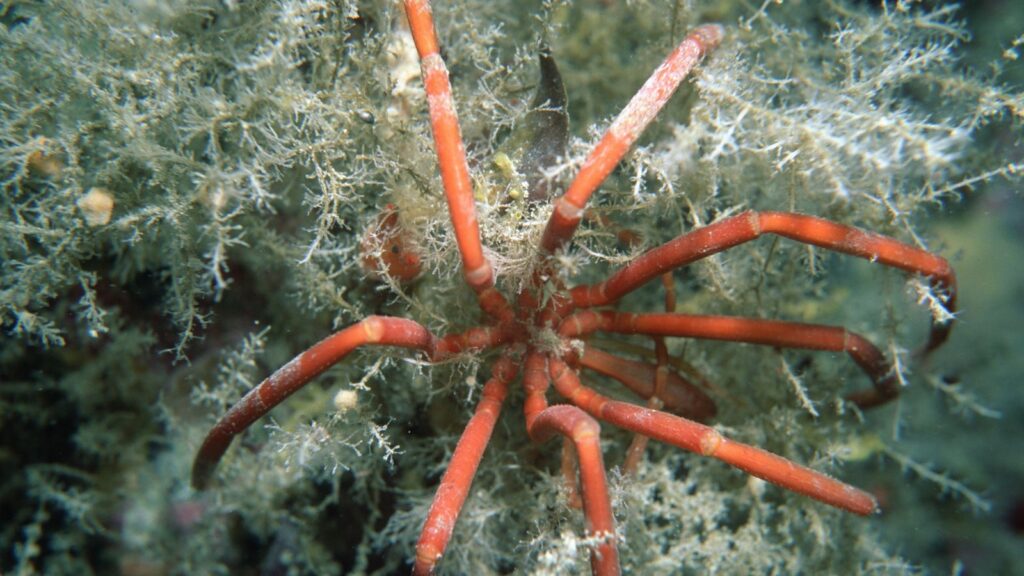The ocean is a vast, mysterious place teeming with life we can barely imagine—and the deeper you go, the weirder and creepier the creatures get. Dive with us as we explore 17 of the creepiest creatures lurking in the depths of the sea.
Anglerfish
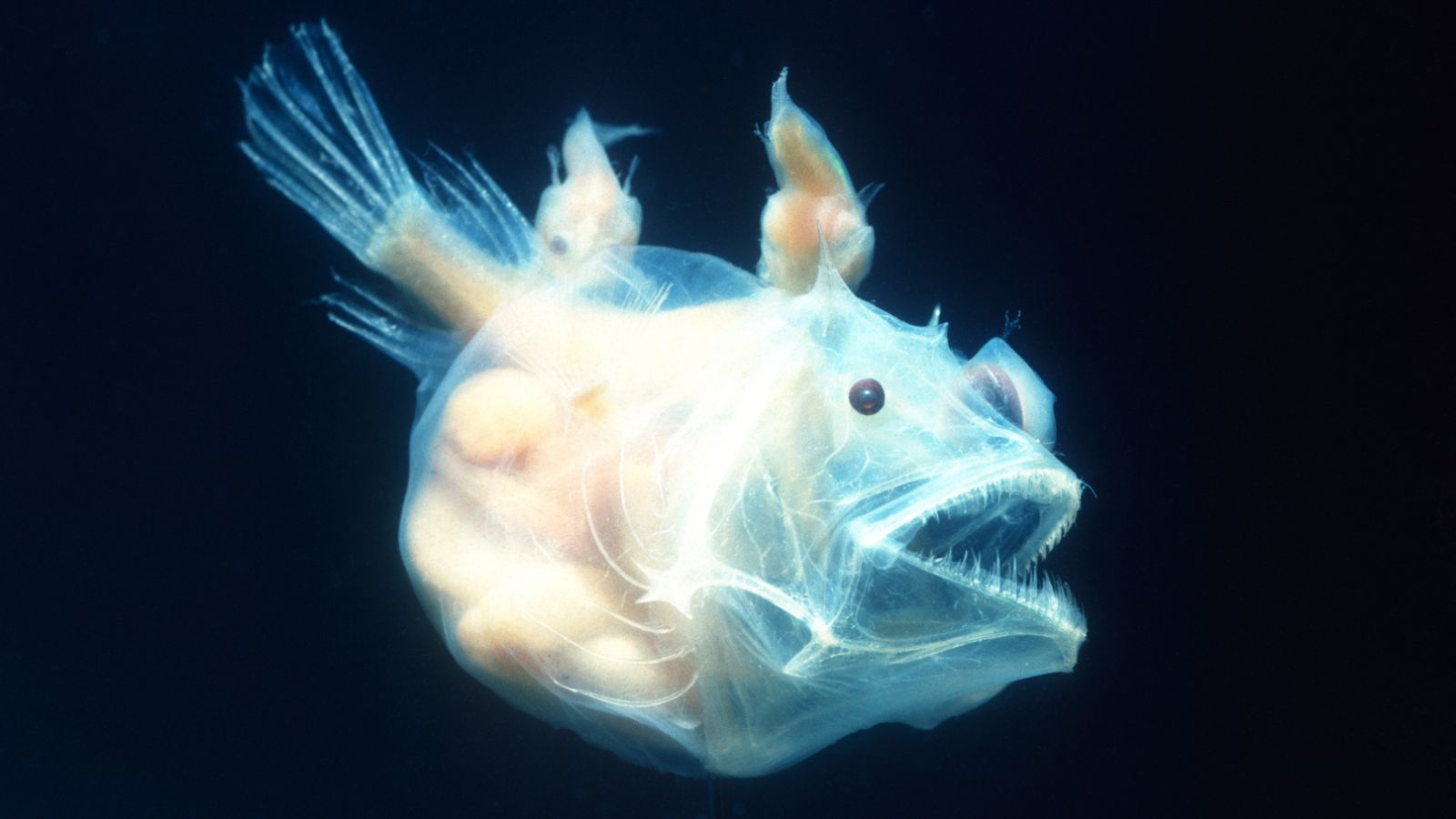
Anglerfish are perhaps the poster children for creepy deep-sea creatures. National Geographic describes them as “quite possibly the ugliest animal on the planet.” Their oversized mouths filled with razor-sharp teeth and bioluminescent lures dangling in front of their heads make them look like something straight out of a horror movie. Female anglerfish use their glowing lures to attract prey in the ocean’s pitch-black depths.
Goblin Shark
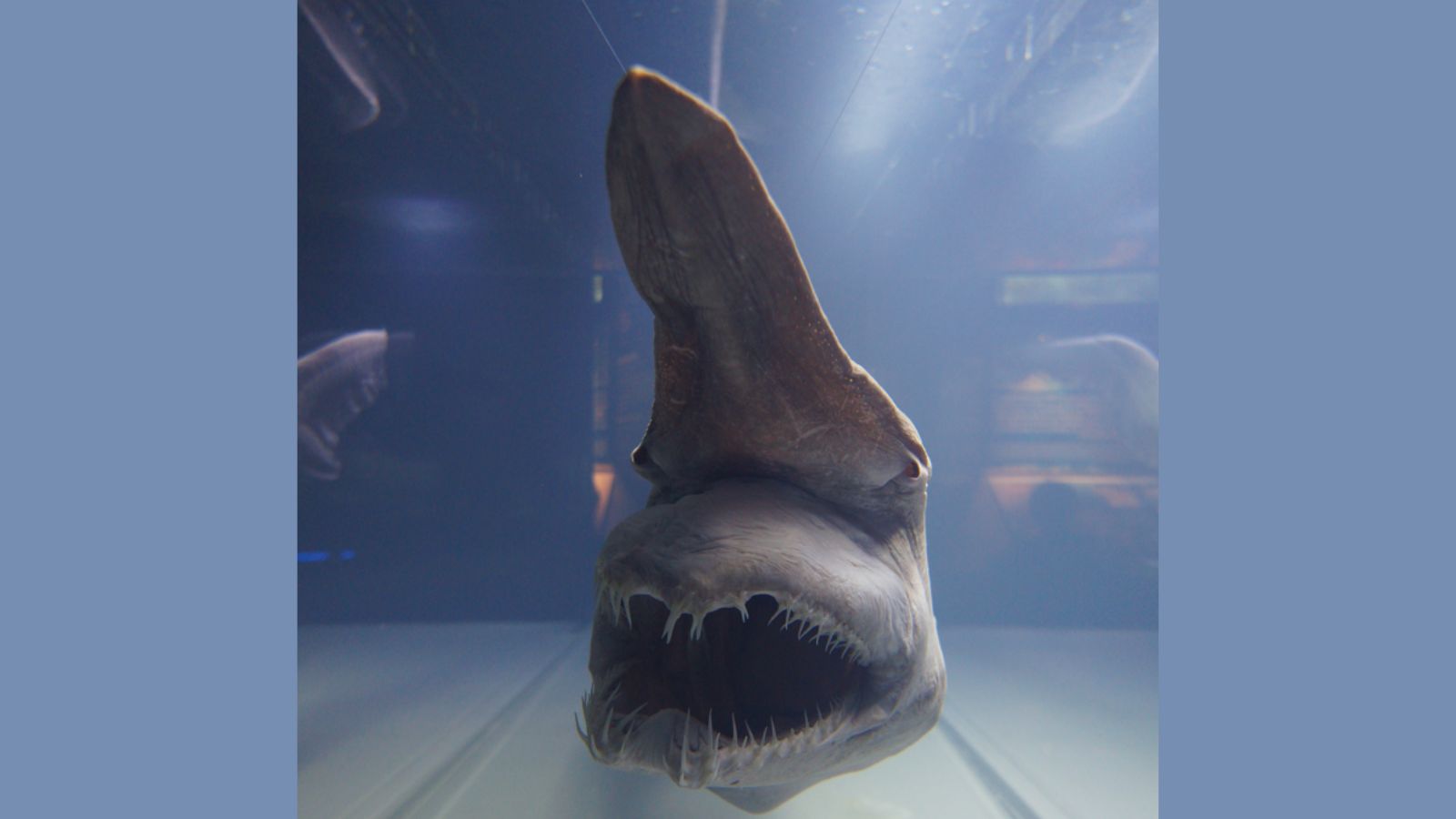
The goblin shark is often called a ‘living fossil’ because it looks like it has existed since prehistoric times. This eerie shark has a long, flat snout and an extendable jaw that can protrude to catch prey. Its pale, pinkish skin and nearly translucent flesh add to its ghostly appearance. Goblin sharks inhabit deep waters and are rarely seen by humans.
Vampire Squid
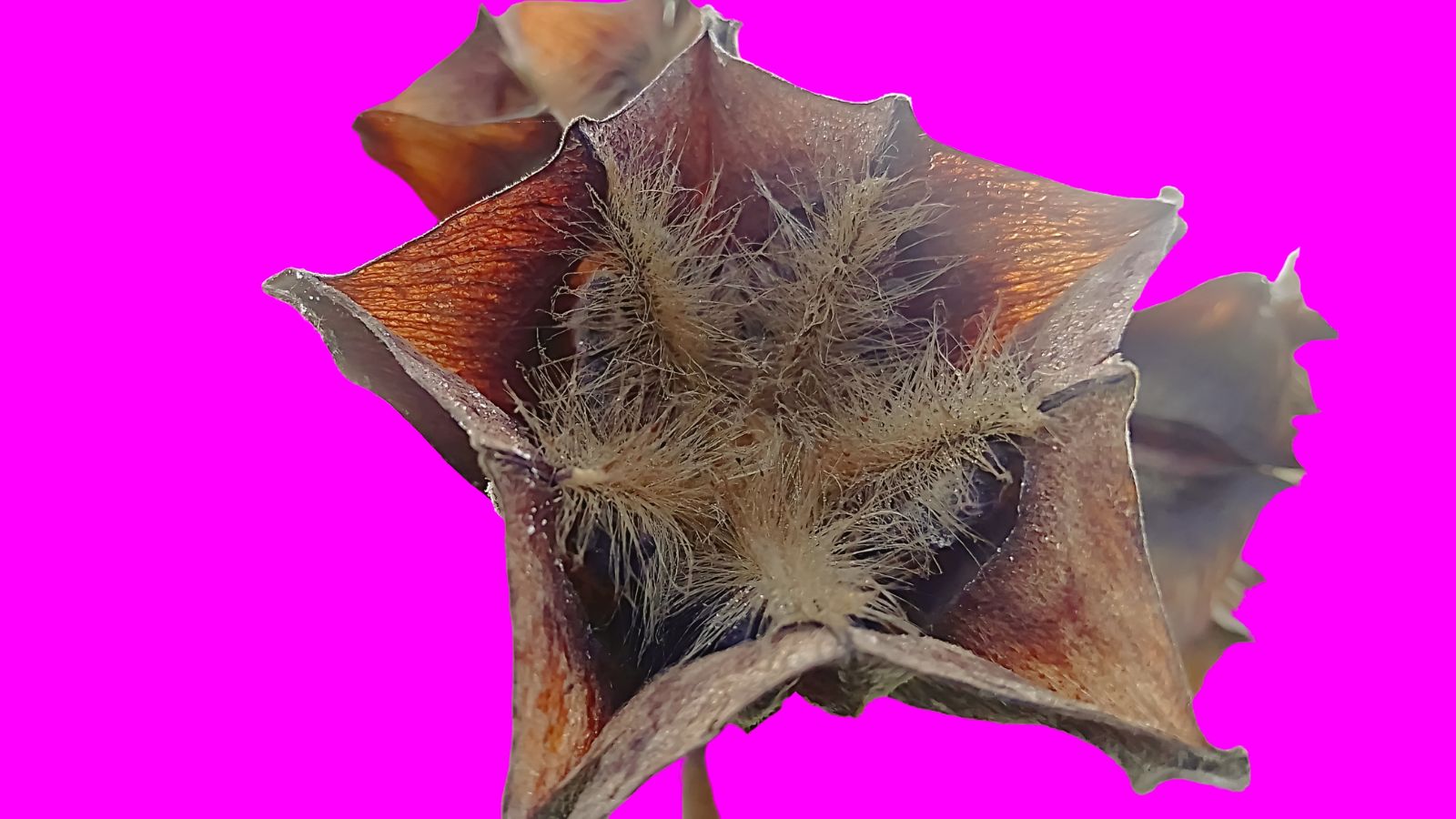
Despite its fearsome name, the vampire squid is more of a gentle drifter than a bloodthirsty predator. It gets its name from the cloak-like webbing between its arms, which it can draw over itself like a cape. The vampire squid also has glowing blue eyes and can emit light from its arms to confuse predators.
Giant Isopod
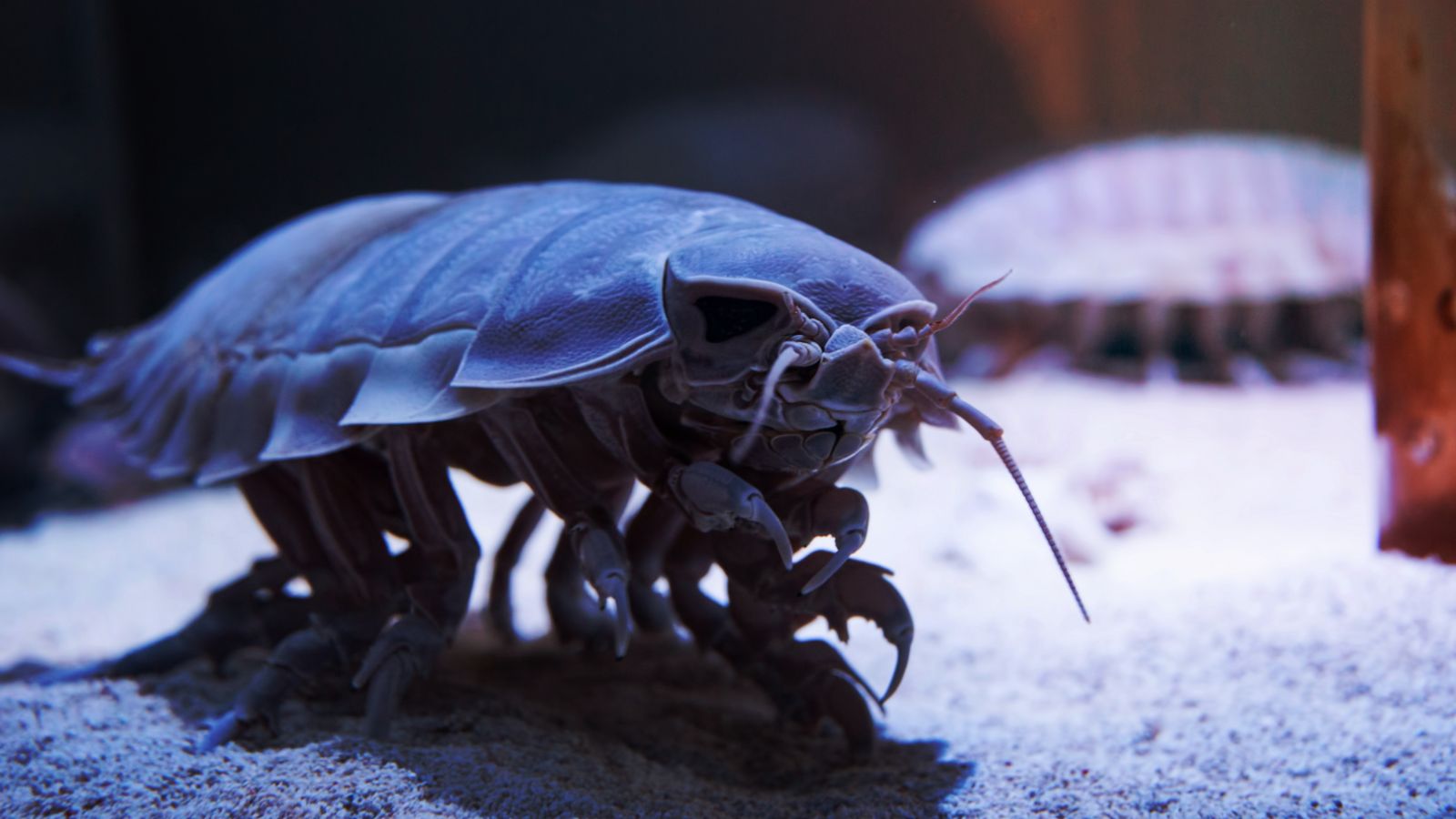
Giant isopods are like giant underwater pill bugs but much creepier. These crustaceans can grow up to two and a half feet long and have a hard, segmented exoskeleton. They scavenge the ocean floor, feeding on the remains of dead marine animals. With their multiple legs and large compound eyes, giant isopods look like something from a sci-fi horror film.
Frilled Shark
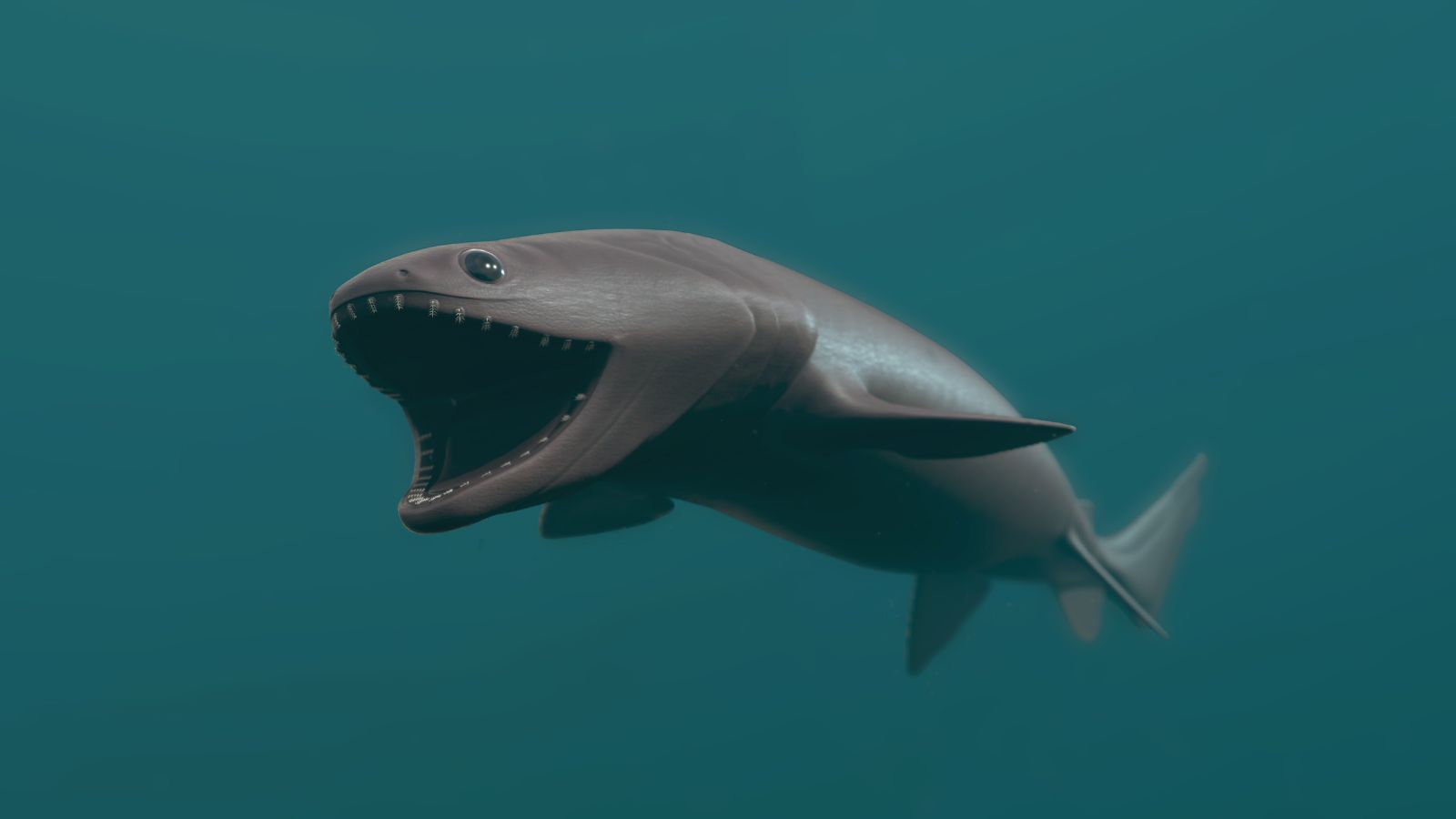
Another ancient species that looks like it belongs in a different era is the frilled shark, with its eel-like body and rows of needle-sharp teeth—this shark is a true nightmare come to life. It has six pairs of frilled gills that give it its name, and it swims with a serpentine motion, gliding through the deep ocean with an eerie grace.
Deep-Sea Dragonfish
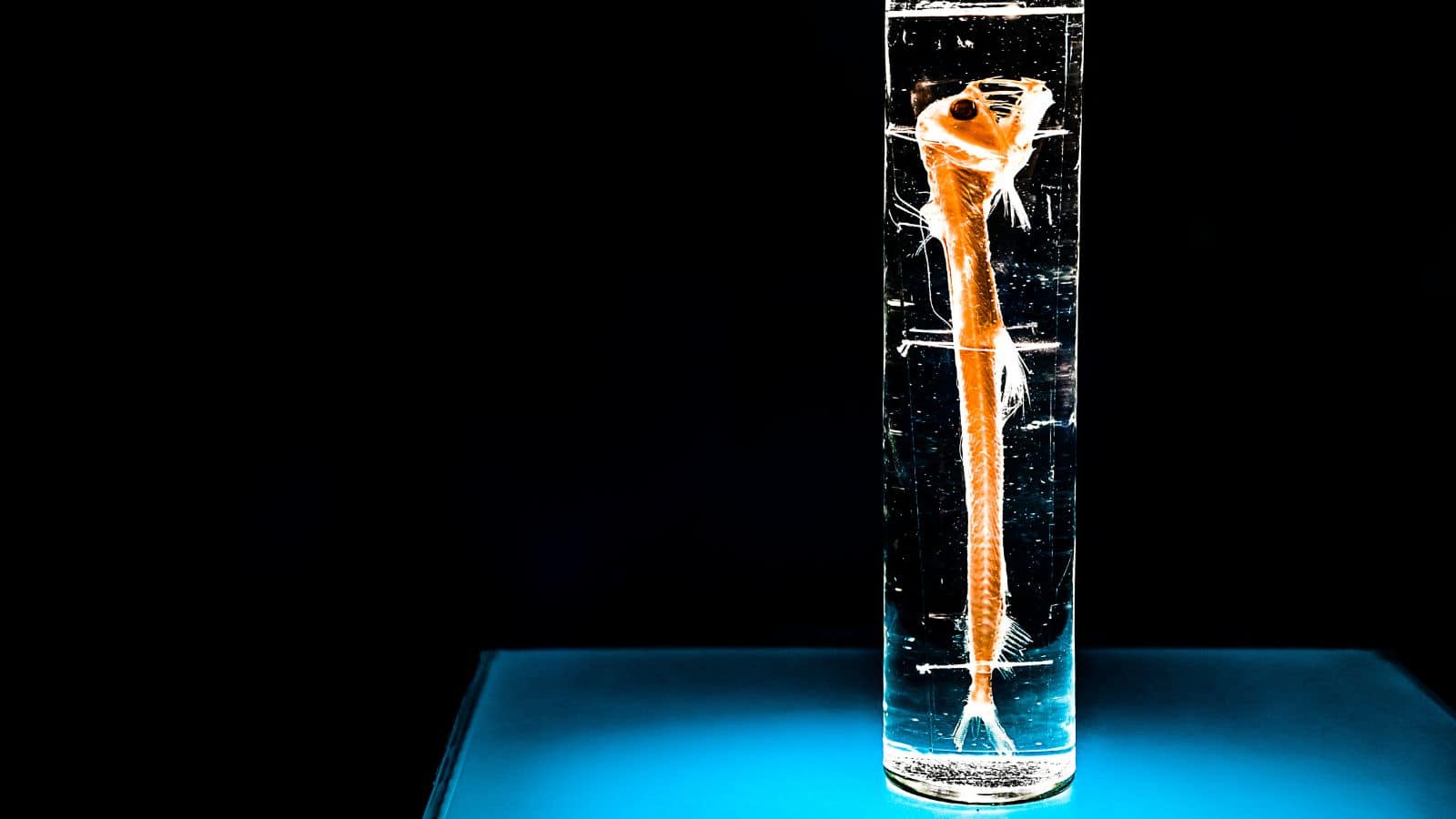
The deep-sea dragonfish is a small but terrifying predator of the abyss. Its long, slender body is covered in light-producing organs called photophores, which it uses to attract prey and communicate with potential mates. The dragonfish also has a large head with a gaping mouth filled with fang-like teeth.
Giant Squid
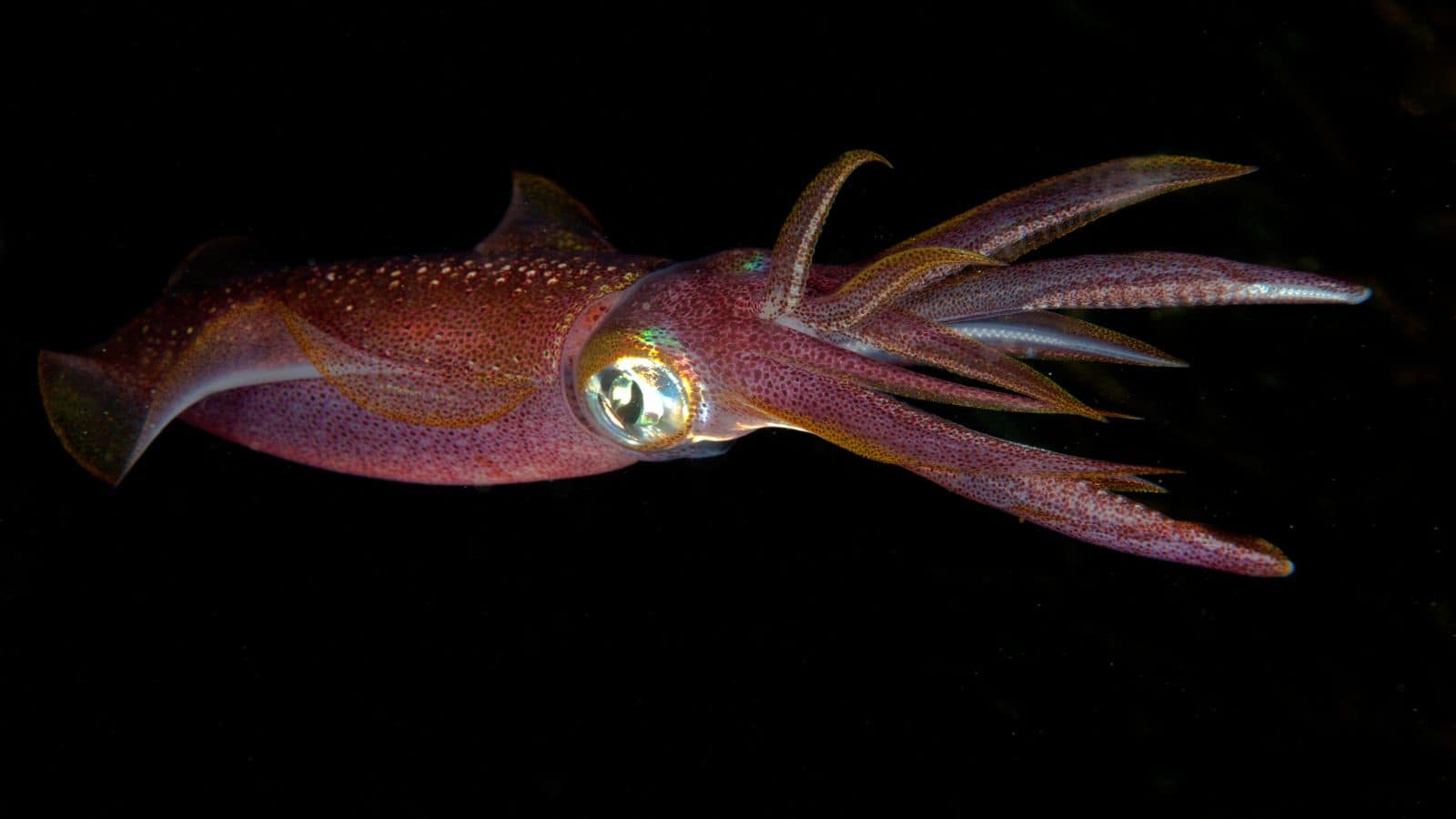
A legendary creature that has fascinated and terrified humans for centuries, the giant squid is an enormous cephalopod that can grow up to 43 feet long and has eyes the size of dinner plates. They inhabit the deep ocean and are rarely seen by humans—but when they are, their sheer size and alien appearance are enough to give anyone nightmares.
Barreleye Fish
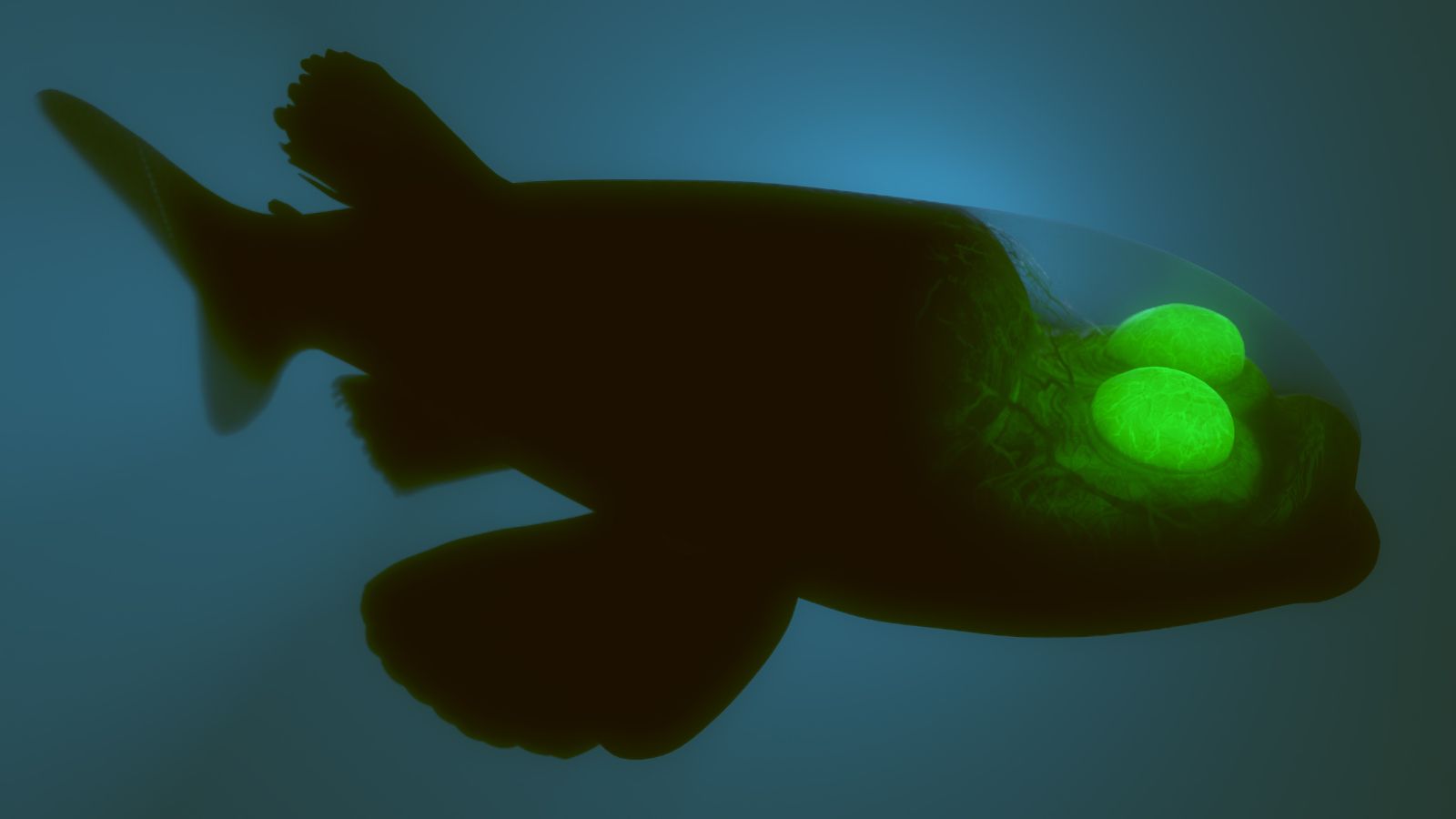
The barreleye fish is one of the strangest-looking creatures in the ocean, thanks to its transparent head through which you can see its tubular eyes. These eyes are usually pointed upwards to spot prey silhouetted against the faint light above. This bizarre adaptation allows the barreleye fish to survive in the dark depths where food is scarce.
Gulper Eel
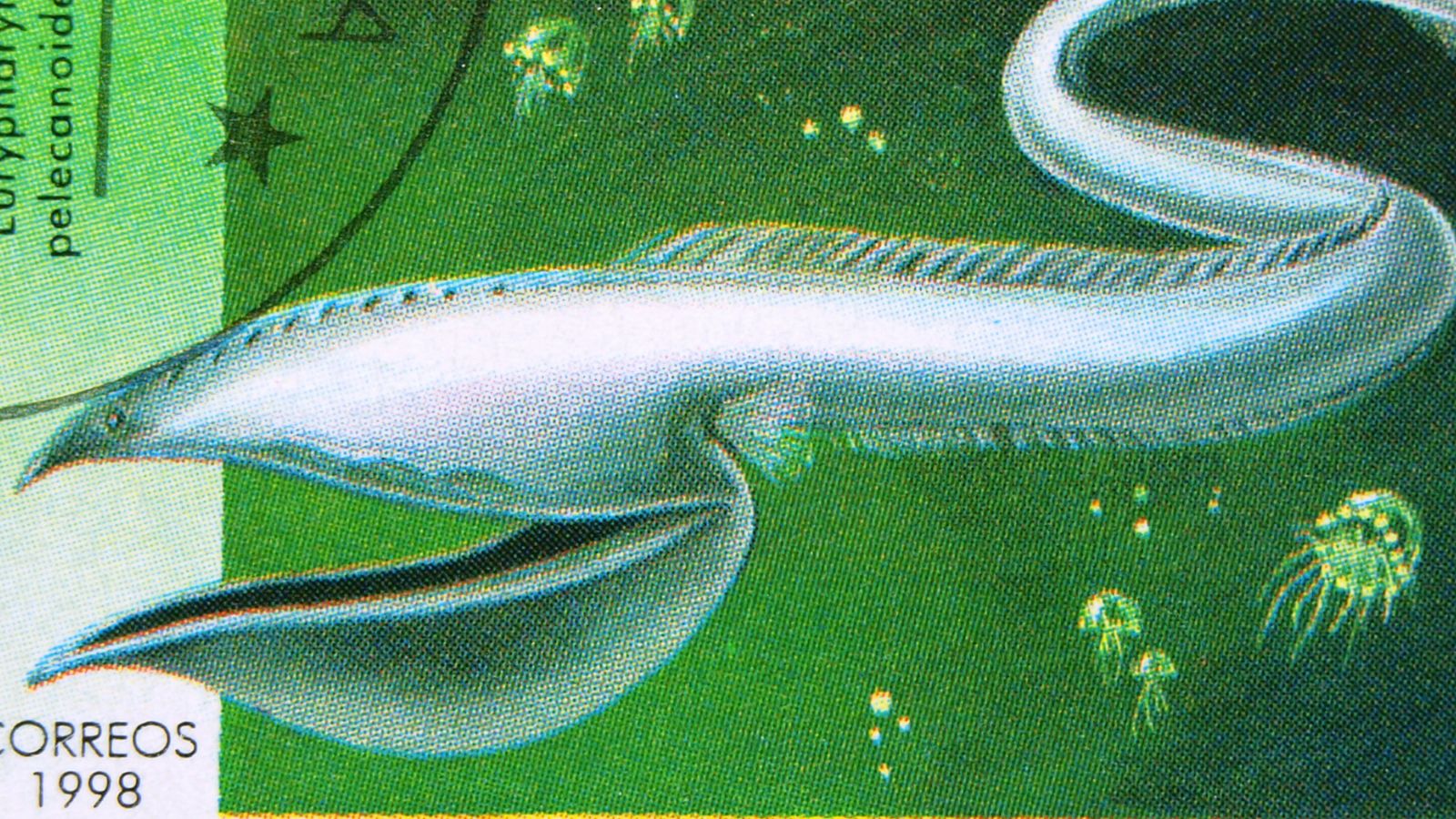
Also known as the pelican eel, the gulper eel is a deep-sea fish with an incredibly large mouth that can open wide enough to swallow prey much larger than itself. Its long, slender body and expandable stomach allow it to take in large meals when possible. The gulper eel also has a bioluminescent tail that it uses to lure prey.
Sea Spider
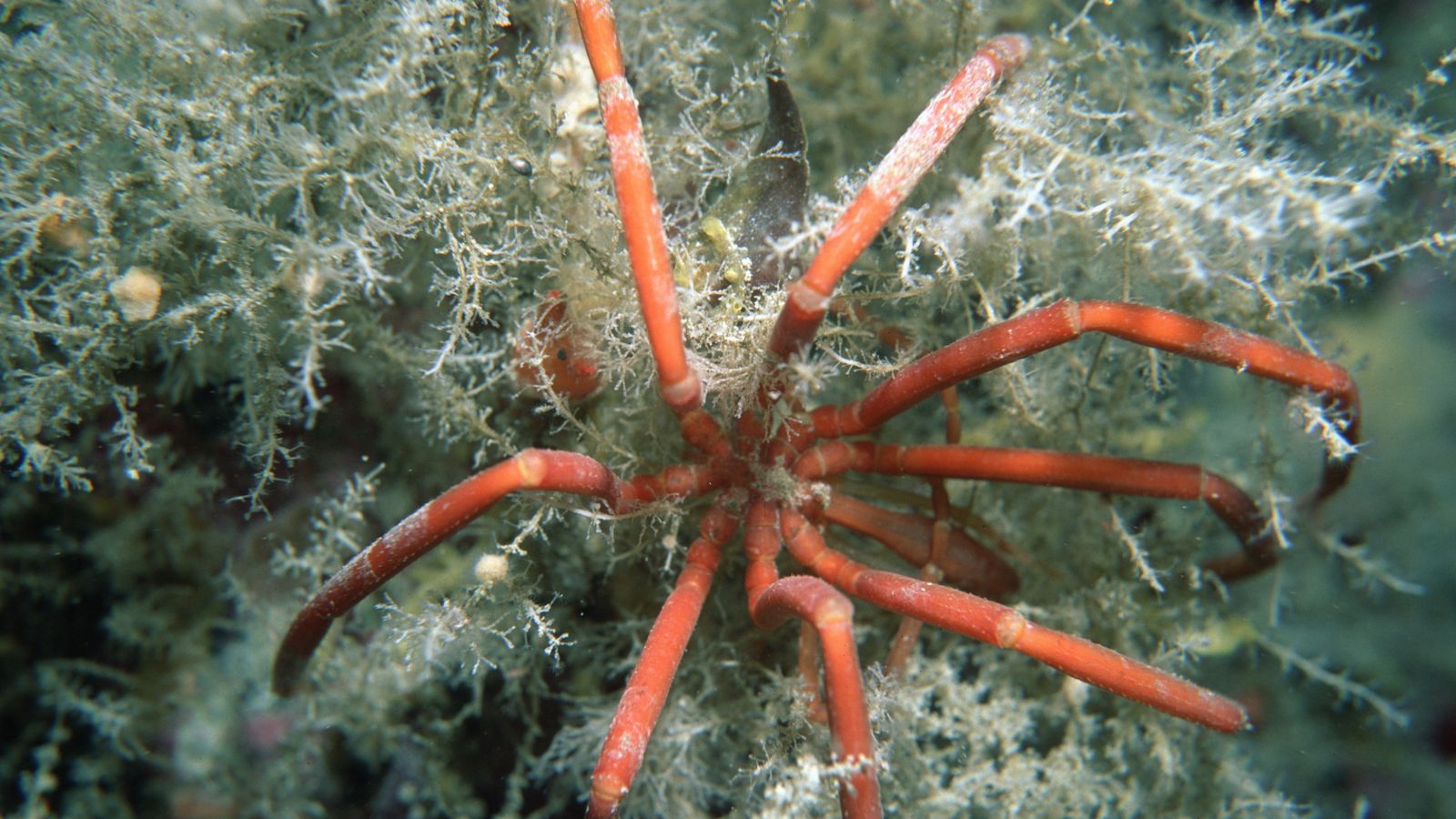
Sea spiders, also known as pycnogonids, are not true spiders but share some similarities, including long, spindly legs and a knack for creeping people out. These marine arthropods can be found in various ocean depths, including both shallow waters and the abyss.
Deep-Sea Hatchetfish
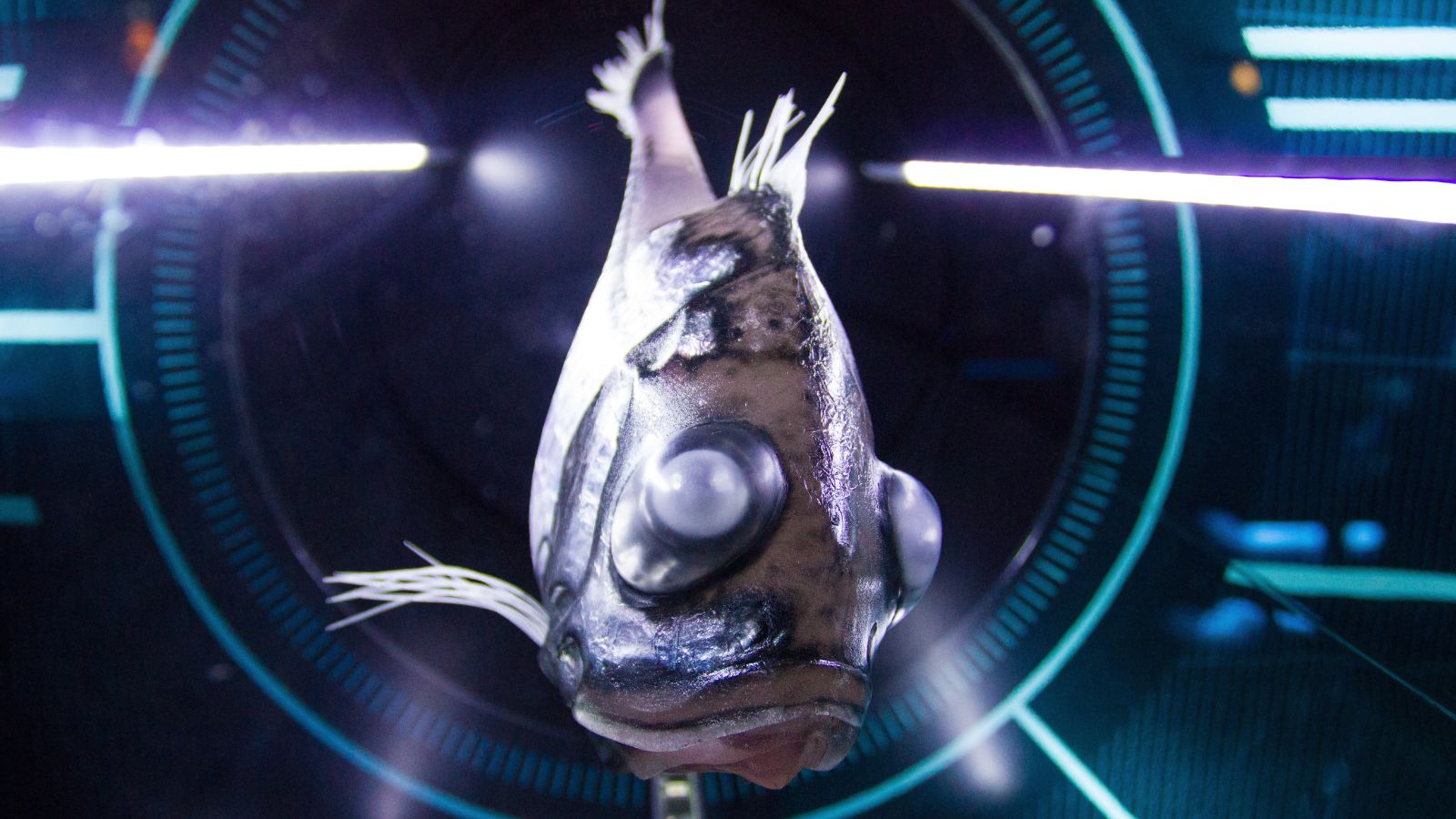
The deep-sea hatchetfish gets its name from its distinct, hatchet-shaped body. These small fish have large eyes that are adapted to see in the dim light of the deep ocean. Hatchetfish also have light-producing organs along their bodies, which they use for counter-illumination, a method of camouflage.
Blobfish
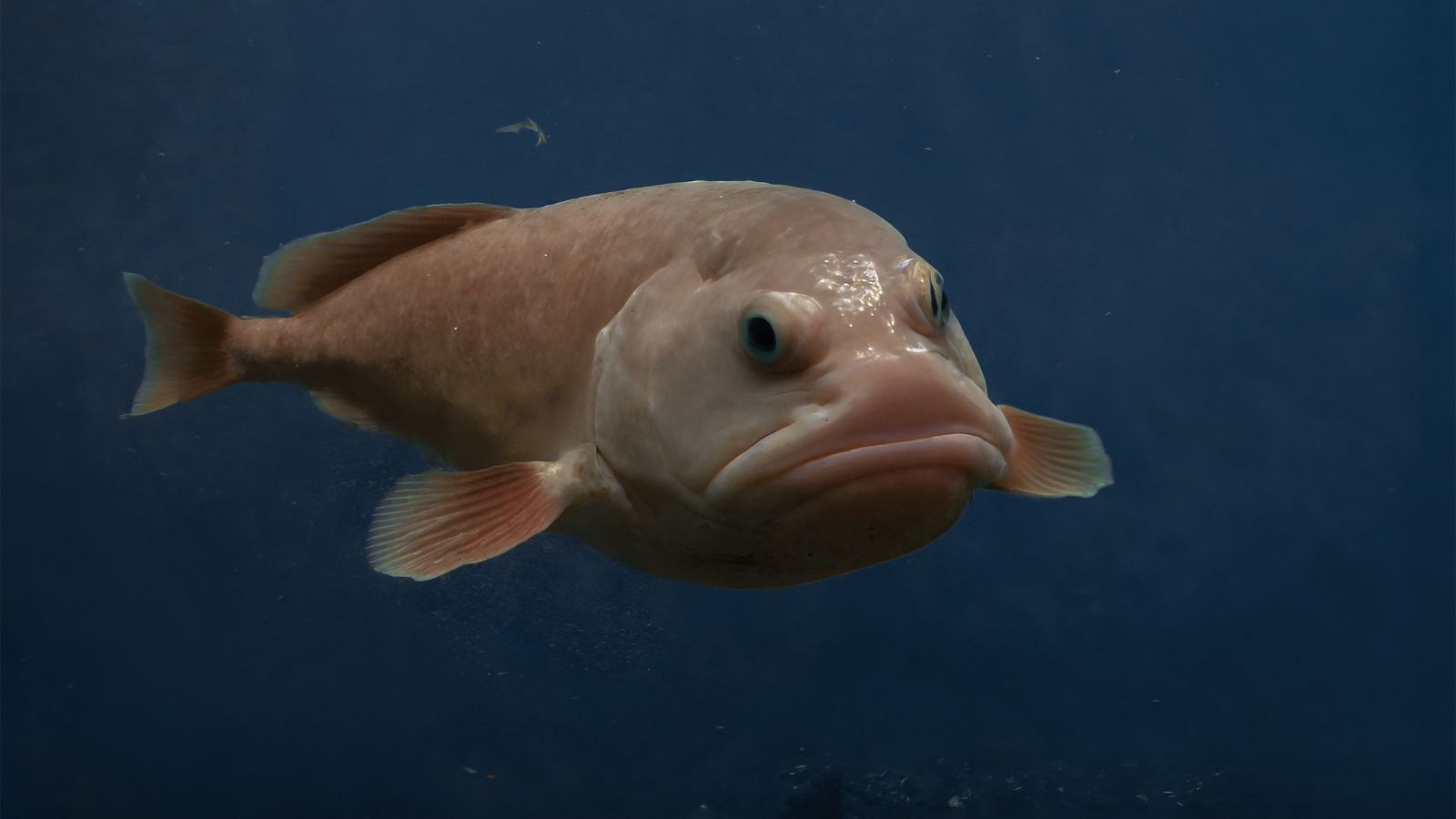
Famous for its less-than-photogenic appearance when brought to the surface, the blobfish has a gelatinous body that collapses into a sad, blobby shape. However, in its natural deep-sea habitat, the blobfish looks more like a regular fish, as it has adapted to the high-pressure environment of the deep ocean.
Stargazer Fish
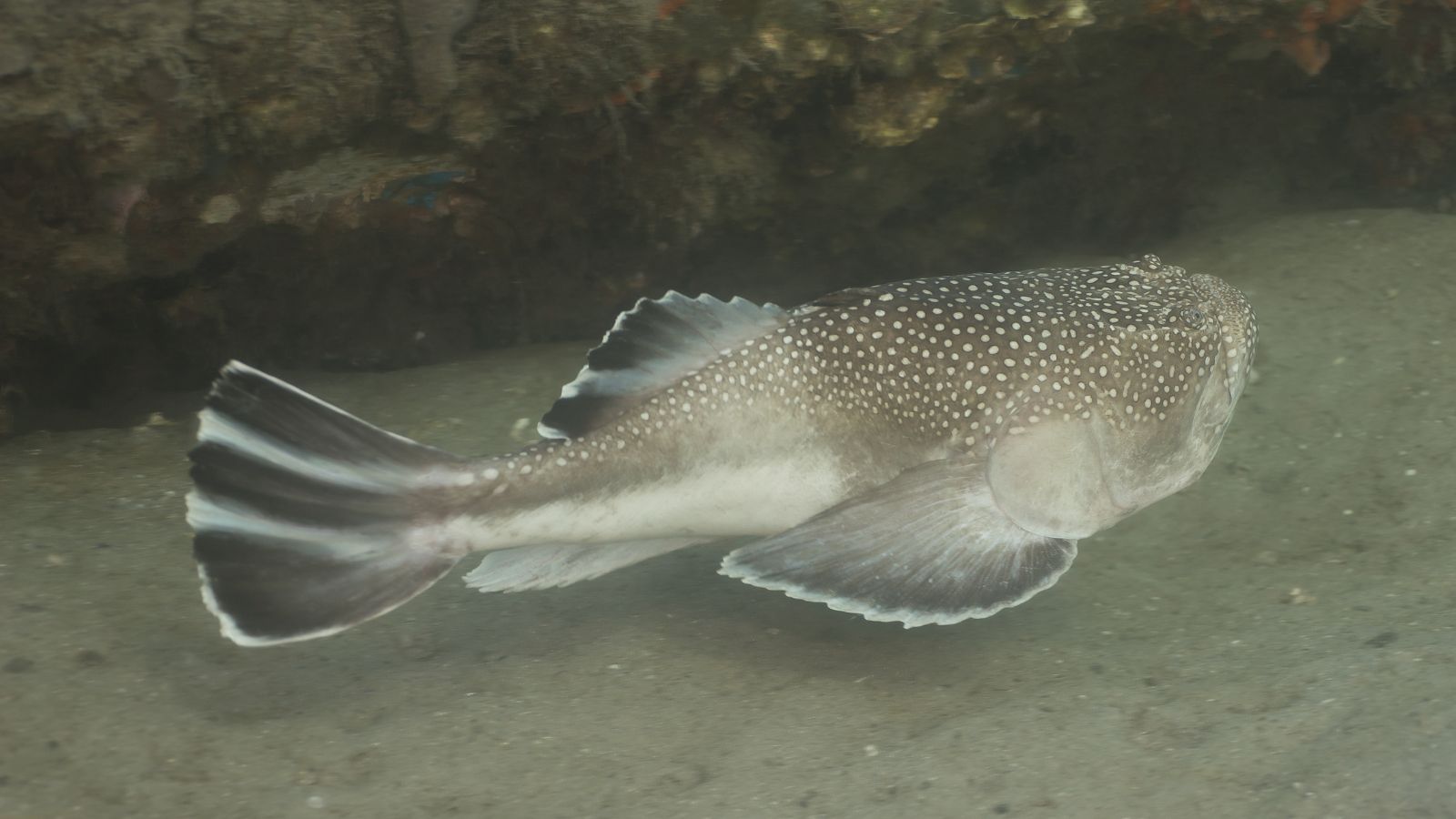
The stargazer fish earns its name from how its eyes and mouth are positioned on top of its head, giving it a perpetually upward gaze. This creepy fish buries itself in the sand with only its eyes and mouth exposed, waiting to ambush unsuspecting prey.
Deep-Sea Lizardfish
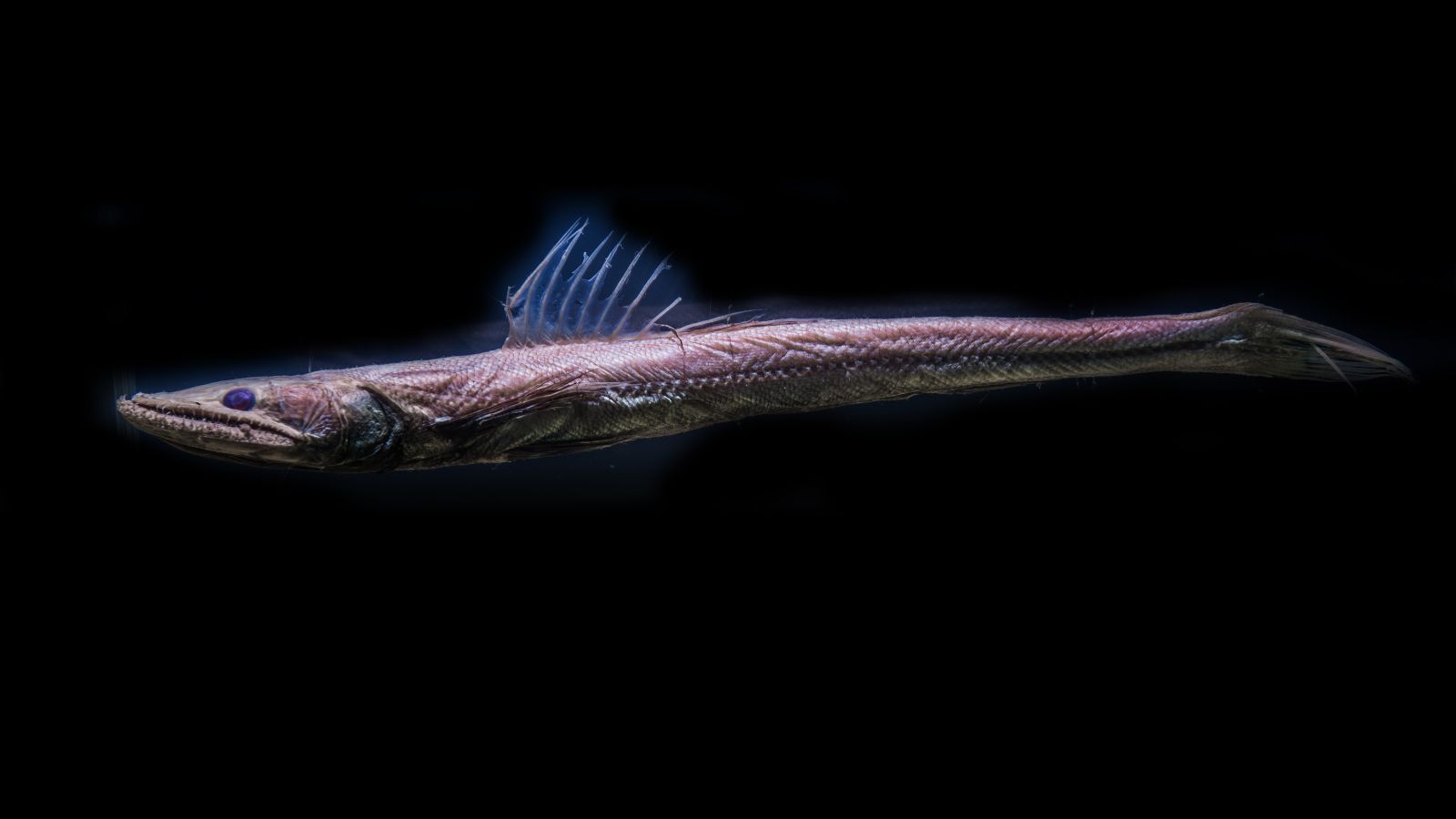
A voracious predator with a long, slender body and sharp teeth that protrude even when its mouth is closed, deep-sea lizardfish live in the ocean’s dark depths, waiting for prey to swim by. Its large, reflective eyes help it spot prey in the low light conditions of the deep sea.
Atolla Jellyfish
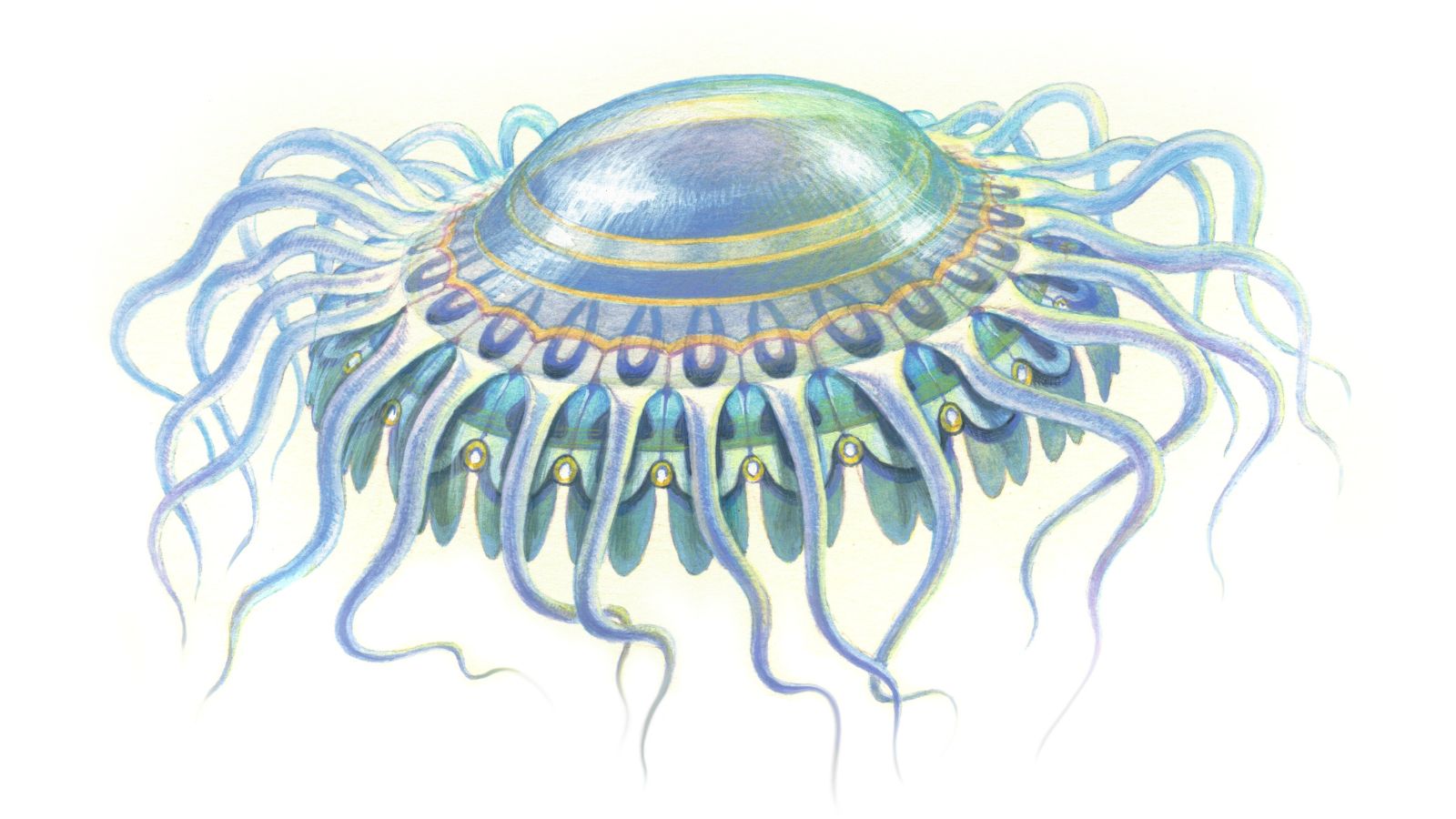
The Atolla jellyfish, also known as the alarm jellyfish, has a distinctive, saucer-shaped body with long, trailing tentacles. When threatened, it produces a spectacular display of bioluminescent flashes, earning it the nickname ‘alarm jellyfish.’ This light show is thought to startle predators and attract larger animals that might prey on the jellyfish’s attacker.
Fangtooth Fish
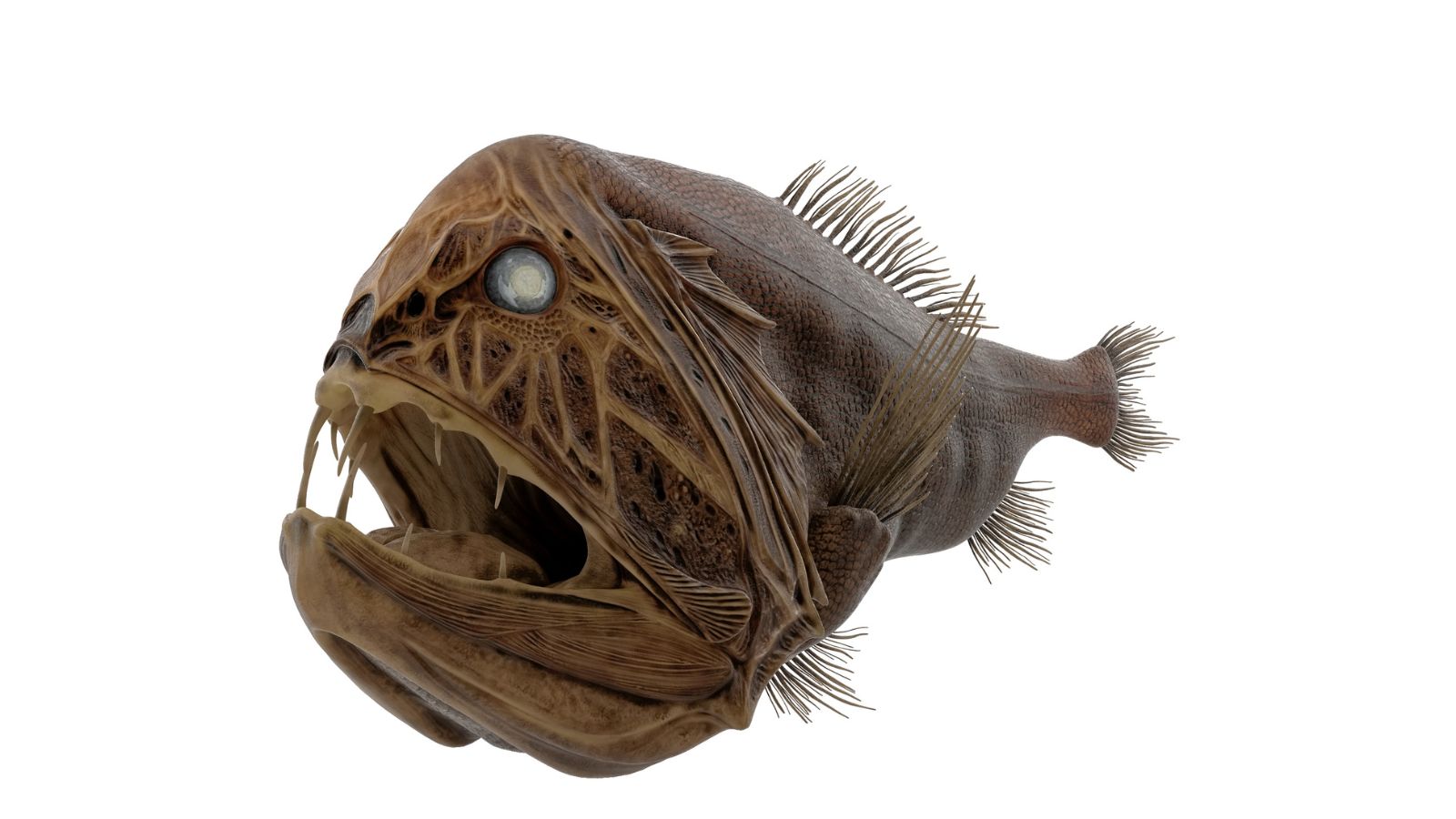
Aptly named for its disproportionately large, fang-like teeth that give it a fearsome appearance, the fangtooth fish—despite its terrifying look—is relatively small, growing up to about six inches in length. It inhabits the deep ocean, where it hunts for prey using its keen sense of smell and sensitive lateral line.
Japanese Spider Crab
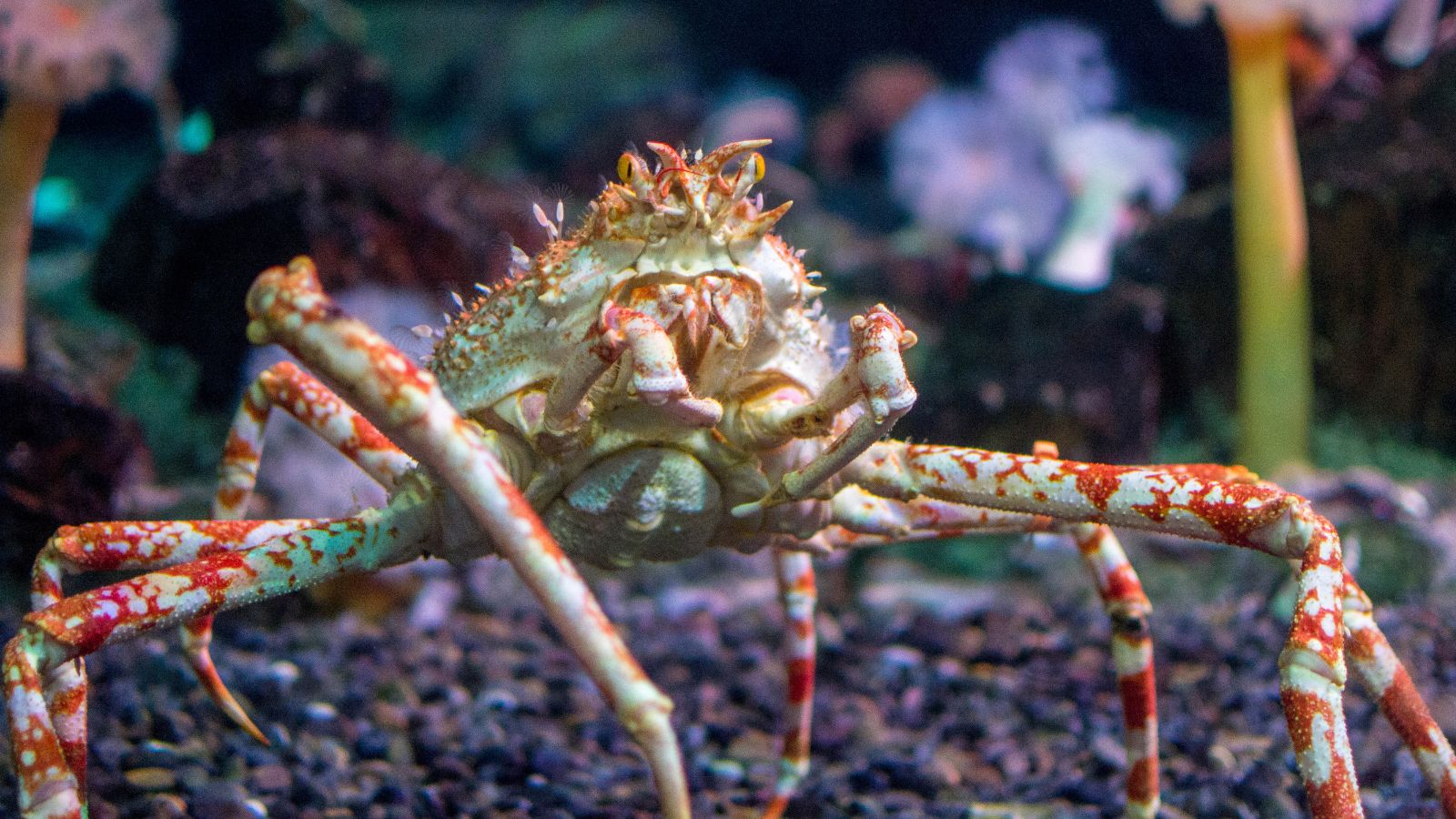
Our final creepiest creature is the Japanese spider crab, which is the largest arthropod in the world. With legs that can span up to 12 feet across, these giant crabs inhabit the deep waters around Japan and are known for their long, spindly legs and armoured bodies. Despite their size and intimidating appearance, Japanese spider crabs are generally scavengers—thankfully.

